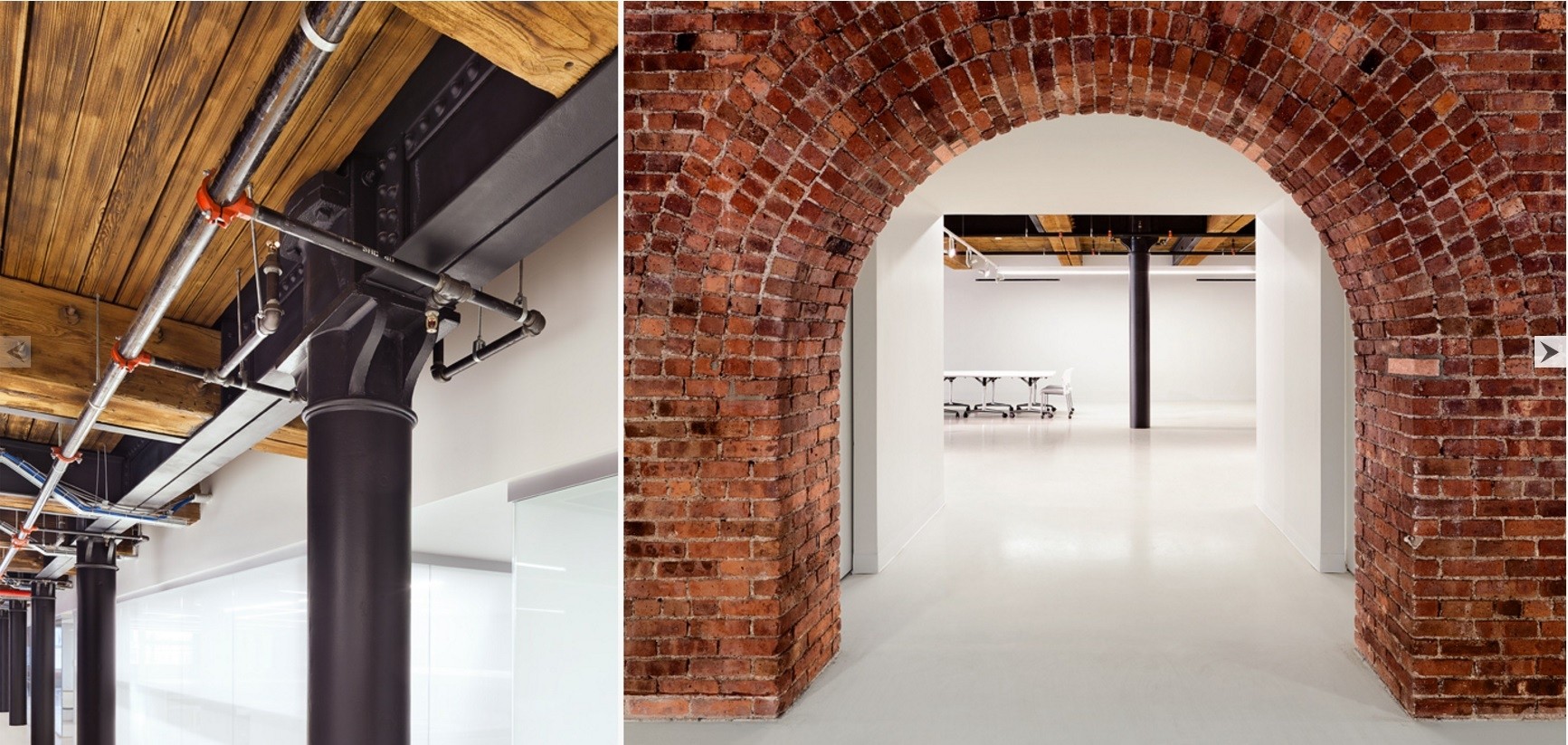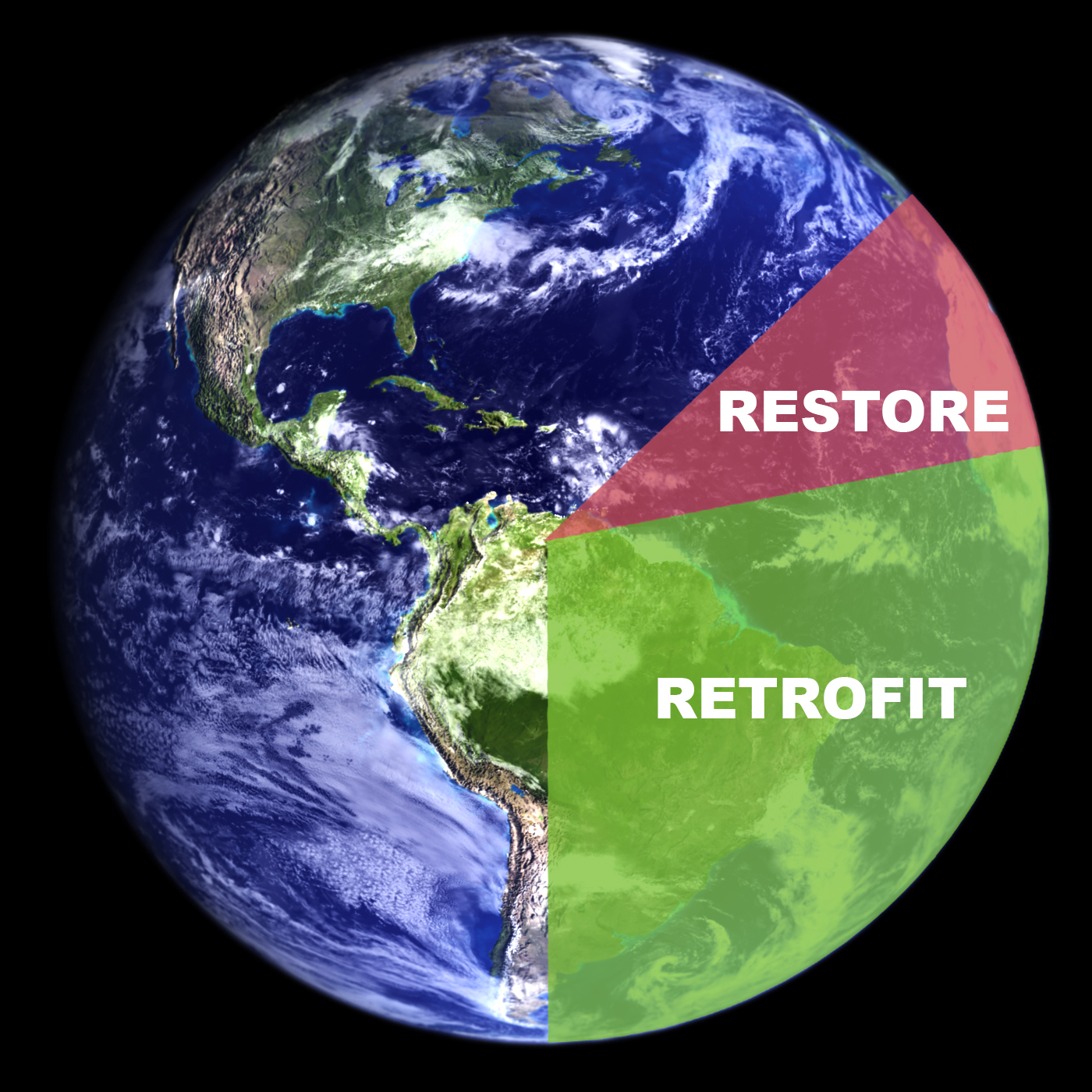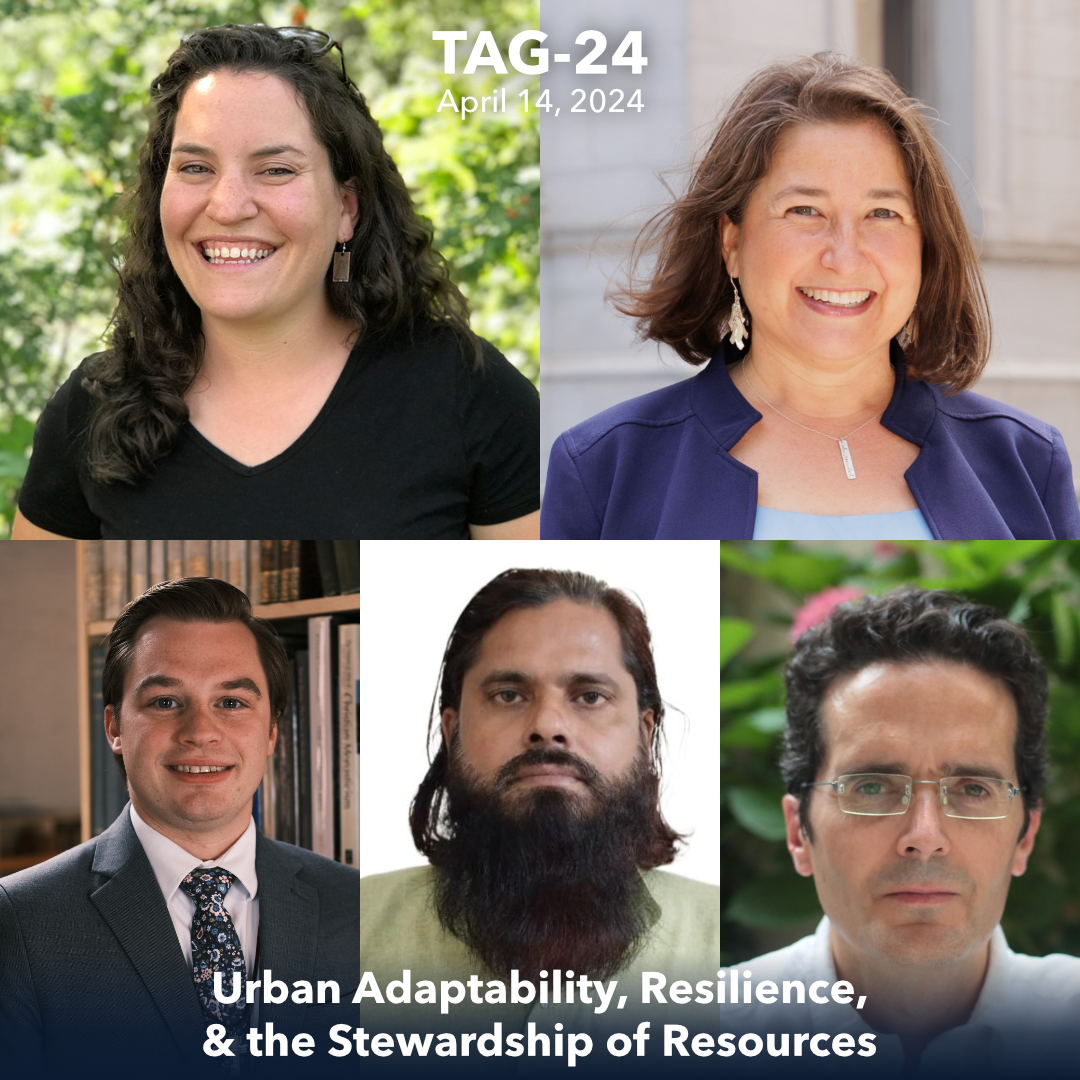As progress dictates that we must forge on into the future, the unfortunate tearing down of the old to make room for the new means more buildings are being lost. Adaptive reuse, however, defines progress differently.
To those who may not be familiar with this type of architectural restoration, adaptive reuse takes an existing structure and refines it, breathing new life into a structure that was no longer fit for its surroundings.
Due to the multiple processes required to bridge different types of architecture and design adaptive reuse projects are usually anything but straightforward. From transforming an old church into a restaurant or taking a crumbling mill and creating a mixed-use space, large scale renovations of historic buildings can present several challenges (permits, approvals, etc.). But a developer’s avoidance of adaptive reuse closes them off from many of the city’s most treasured properties.
When it comes to adaptive reuse our team doesn’t shy away. Rather we follow a set of best practices that mitigates the complexity and planning of the project so that it’s successful.
Finding Common Ground for Adaptive Reuse
When it comes to landmarked buildings, the Landmarks Preservation Commission is heavily concerned with a building’s exterior and its elements such as facade and windows. Specifics of conformity to original architectural style, as well as some of the interior construction, must meet the LPC’s requirements. Tasked with preserving beauty, the Commission will only work with a developer if they are willing to embrace the structure’s origins. However, if the developer isn’t thoughtful and respectful of the requirements and the history of the property, they will most likely find themselves facing multiple obstacles with the commission.
Most importantly, we must show a clear understanding of the property’s story, and the potential of the space inside.
Do Your Research for Adaptive Reuse
Due diligence is the key to a successful adaptive reuse project. Having as much documentation and knowledge regarding the existing conditions of the property, including how the property was constructed, will greatly help the developer, architect and contractor. Often original documentation cannot be found or there are important details missing. The Department of Building carries microfilm that will hold clues to drawings, permits, and actions.
Coming armed with as much information as possible leads to less constraints during renovations and having ample documentation helps us to determine what is most feasible and cost-effective.
Having a Technological Advantage
As technology advances within the real estate and construction industry, innovations such as 3D laser scanning has become a staple in the design and construction process. With the use of lasers, millions of data points are captured replicating a digital version of the building’s exact size and shape. This technology renders a much more accurate model of the building, allowing stakeholders to fully grasp the buildings state of health.
When it comes to adaptive reuse 3D scans reduce uncertainty for the construction team as we move forward with the project.
Staffing, Scheduling, and Budget
When developers embark on an adaptive-reuse project, it is imperative they have a well-trained staff. These projects present more challenges and complexities requiring a team that can comprehend the responsibilities they will face.
Our knowledgeable staff is vital in the participation of estimating, budgeting, and scheduling. With varying processes and concerns interwoven amongst each other, it is crucial that budget and scheduling are updated regularly through continuous evaluations for the best possible outcome to be achieved.
To learn more about historical restoration, contact us.




